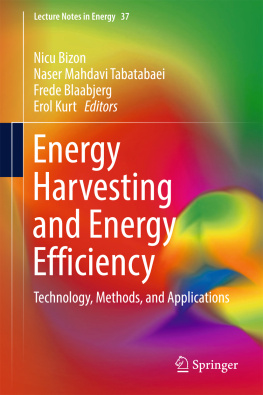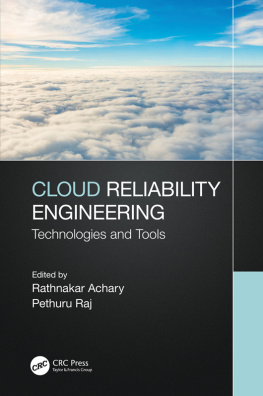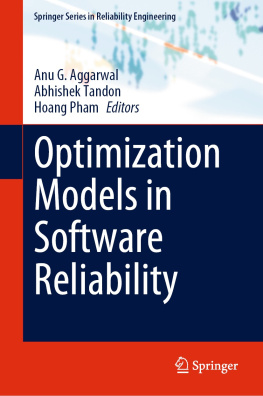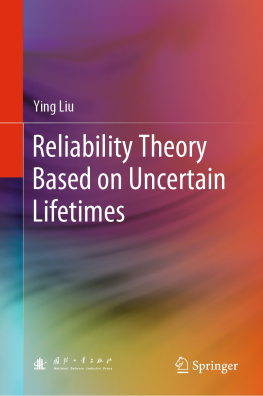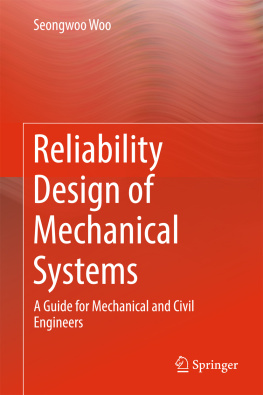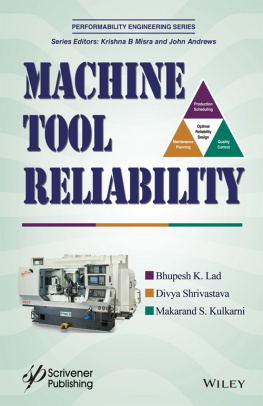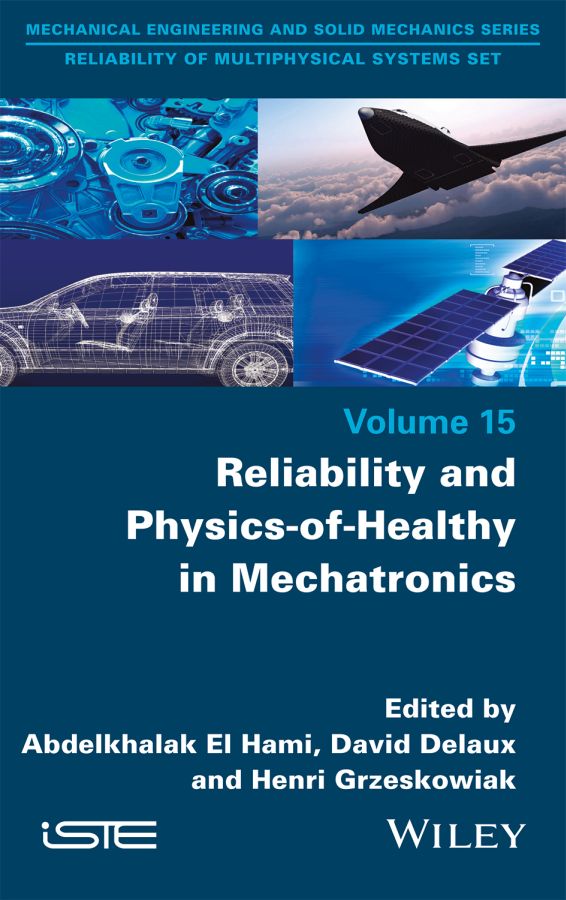Reliability of Multiphysical Systems Set
coordinated by
Abdelkhalak El Hami
Volume 15
Reliability and Physics-of-Healthy in Mechatronics
Edited by
Abdelkhalak El Hami
David Delaux
Henri Grzeskowiak

First published 2022 in Great Britain and the United States by ISTE Ltd and John Wiley & Sons, Inc.
Apart from any fair dealing for the purposes of research or private study, or criticism or review, as permitted under the Copyright, Designs and Patents Act 1988, this publication may only be reproduced, stored or transmitted, in any form or by any means, with the prior permission in writing of the publishers, or in the case of reprographic reproduction in accordance with the terms and licenses issued by the CLA. Enquiries concerning reproduction outside these terms should be sent to the publishers at the undermentioned address:
ISTE Ltd
27-37 St Georges Road
London SW19 4EU
UK
www.iste.co.uk
John Wiley & Sons, Inc.
111 River Street
Hoboken, NJ 07030
USA
www.wiley.com
ISTE Ltd 2022
The rights of Abdelkhalak El Hami, David Delaux and Henri Grzeskowiak to be identified as the authors of this work have been asserted by them in accordance with the Copyright, Designs and Patents Act 1988.
Any opinions, findings, and conclusions or recommendations expressed in this material are those of the author(s), contributor(s) or editor(s) and do not necessarily reflect the views of ISTE Group.
Library of Congress Control Number: 2022941493
British Library Cataloguing-in-Publication Data
A CIP record for this book is available from the British Library
ISBN 978-1-78630-881-8
Preface
The emergence of Covid-19 in March 2020 was a turning point throughout the industrial world This situation has highlighted some weaknesses in our industries, pushing the paradigm of development, competition and development time reduction.
More than ever, we have to be not only agile in our business but also without doubt to secure the usage of our products. It is very hard to combine variability and stability, acceleration and standardization. More than ever, the world is pushing all industries to the limit of reliability engineering.
Truth be told, reliability is a beautiful marketing word, which is used many times a day! But behind this word, there is a beautiful concept of pragmatic actions composed of analysis, investigations and talented people.
What kind of approach can designers, engineers and managers apply?
Whatever the business (aeronautic, space, defense, automotive, electronic consumer, etc.), how can we validate a design quickly and safely?
This book illustrates simply, but with many details, the state of the art of reliability science. The authors wish to expose clear reliability disciplines and applications through concrete examples from their industries and real life, based on industrial experience.
Many experts are convinced that reliability involves not only statistics but also multidisciplinary sciences, which combine materials, tests, simulations, quality tools, manufacturing, electronics, mechatronics, environmental engineering, Big Data science, etc.
That is why, in this innovative book, the reader will discover an incredible study on some concepts of a predictive reliability model of microelectronics from automotive, aeronautic and space missions based on entropy and Physics-of-Healthy (Chapters 1 and 2).
For a complex mechatronic system in aircraft, failure risks have to be identified in the early phase of the design.
In the automotive or aeronautic industries, the simulation of fatigue is used widely and efficiently. The problem is the variability of inputs such as fatigue parameters and life curves. The probabilistic fatigue and reliability simulation discussed in will be very interesting in this regard.
A large number of complex materials such as 3D printing, composites and thermoplastics are used to optimize the reliability performance of a system. However, the difficulty is usually linked to the lifetime currently being between 10 and 20 years. How can we assess reliability performance under temperature stress and represent a complete mission profile? Of course, Arrhenius is a frequently used model; however, it can also be erroneous due to the variability in the energy of activation. Therefore, a new mode probabilistic model is put forward in .
Yes, there is a before and after Covid-19. But the challenge of reliability in our industry is more than ever a burning topic. We hope that readers will find some tips that can efficiently help all designers to make strong decisions.
The authors would like to dedicate this book to all the people who have lost their loved ones during the Covid-19 pandemic around the world.
Abdelkhalak EL HAMI
David DELAUX
Henri GRZESKOWIAK
July 2022
List of Acronyms
| BAZ | BoltzmannArrheniusZhurkov |
| BEOL | Back End Of Line |
| BTI | Bias Temperature Instability (NBTI or PBTI) |
| CA | Constructional Analysis |
| CCC (or CC) | Channel Cold Carrier |
| CDF | Cumulative Distribution Function |
| CFET | Complementary Field Effect Transistor |
| CHC (or HC) | Channel Hot Carrier |
| c(xi) | Energy factor related to stress parameter xi |
| DIBL | Drain-Induced Barrier Lowering |
| DoE | Design of Experiment |
| DSM | Deep-SubMicron technology |
| Ea | Activation energy |
| Ea_effective or Eaa | Effective activation energy related to multiple stress reliability test sequence |
| ECSS | European Cooperation on Space Standardization |
| EES | ElectronElectron Scattering |
| EM | ElectroMigration |
| EMC | ElectroMagnetic Compatibility |
| EOS | Electrical OverStress |
| EOT | Equivalent Oxide Thickness |
| ESD | ElectroStatic Discharge |
| EVD | Extreme Value Distribution |
| FEOL | Front End Of Line |
| FF | FinFET |
| FI | Fan In |
| FO | Fan Out |
| FRAME | Failure Risk Analysis MEthodology |
| G | Gibbs free energy |
| GaAs | Gallium Arsenide |
| GaN | Gallium Nitride |
| GIDL | Gate-Induced Drain Leakage |
| HBD | Hard BreakDown |
| HCD | Hot Carrier Degradation |
| HCI | Hot Carrier Injection mechanism |
| IBO | Current burnout limit value |
| IFR or (t) | Instantaneous Failure Rate or hazard function |
| Ig | Peak gate current during stress |
| IG_leak | Gate leakage current between gate and source at VGS and VDS |
| IG_LBO | Gate leakage current between gate and source at high VGS and VDS close to burnout or breakdown |
| IHCG | Current due to hot carrier generation |
| ILD | Inter-Layer Dielectric |
| Isub | Peak substrate current during stress |


